Habesha Kemis: Ethiopian & Eritrean traditional clothing
Traditional clothing of women in Ethiopia and Eritrea is called Habeshi kemis. But these garments bear other names like Habesha kidan, habesha libs or zuria.
Indeed, habesha kemis is a long sensual dress accompanied by a bodice and sleeves. This dress is usually made of white cotton fabric called shemma or chiffon in a neutral shade like gray, white or beige. The shemma is a cotton fabric about 90 cm wide, woven into long strips that are then sewn together, sometimes bright yarns are woven into the fabric for an elegant effect. It takes about two to three weeks to make enough fabric for a dress.
It is possible to accentuate the dress with embroideries of bright colors on the neck, wrist, bottom, middle and top of the dress.
Then, around the waist, women wear a light shawl or scarf called a netela or netsela, which matches the fabric and pattern of the dress. It can also be worn on the hair or the shoulders. Some rastafari women from the African diaspora also wear dresses in habesha kemis.
Habesha fashion has become increasingly popular. It is a flourishing industry with renowned creators who blend modernity and traditional in their designs. Examples include the designers Admas, Nais, Finchitua and Farida Deglel.
When wearing traditional clothing?
During ceremonies or special events, such as a wedding, christmas party or new year, we wear traditional dress habesha kemis. In addition, during a particular event, the women wear a hairstyle with habeshas braids called Albaso. The ethnic groups Amhara and Tigray-tigrinya adorn these hairstyles and dresses.
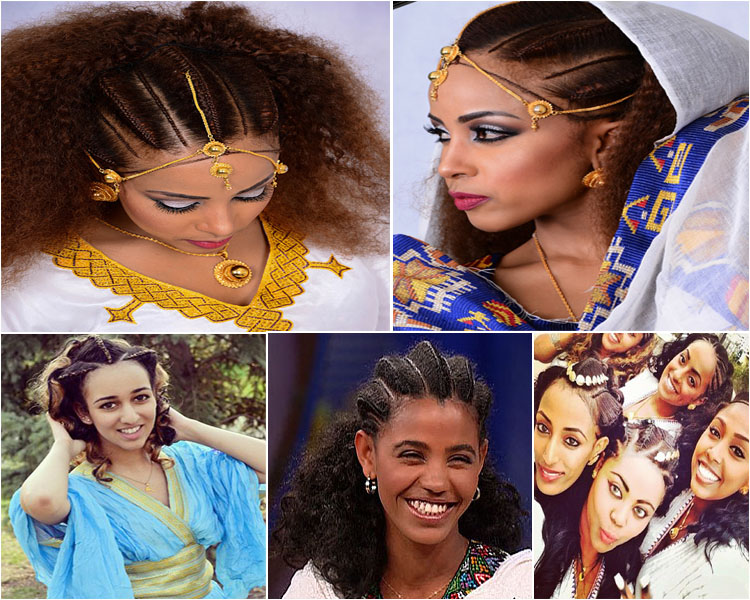
On the other hand, Ethiopian men wear long shirts with white collars, sweaters, shawls and socks at knee height. Most shirts are made with a mandarin, a Nehru band or necklace.
Who are the habesha?
Known as Abyssians, Habesha are a population group inhabiting the Horn of Africa in Ethiopia and Eritrea. They live under the highlands of Eritrea and the highlands of Ethiopia.
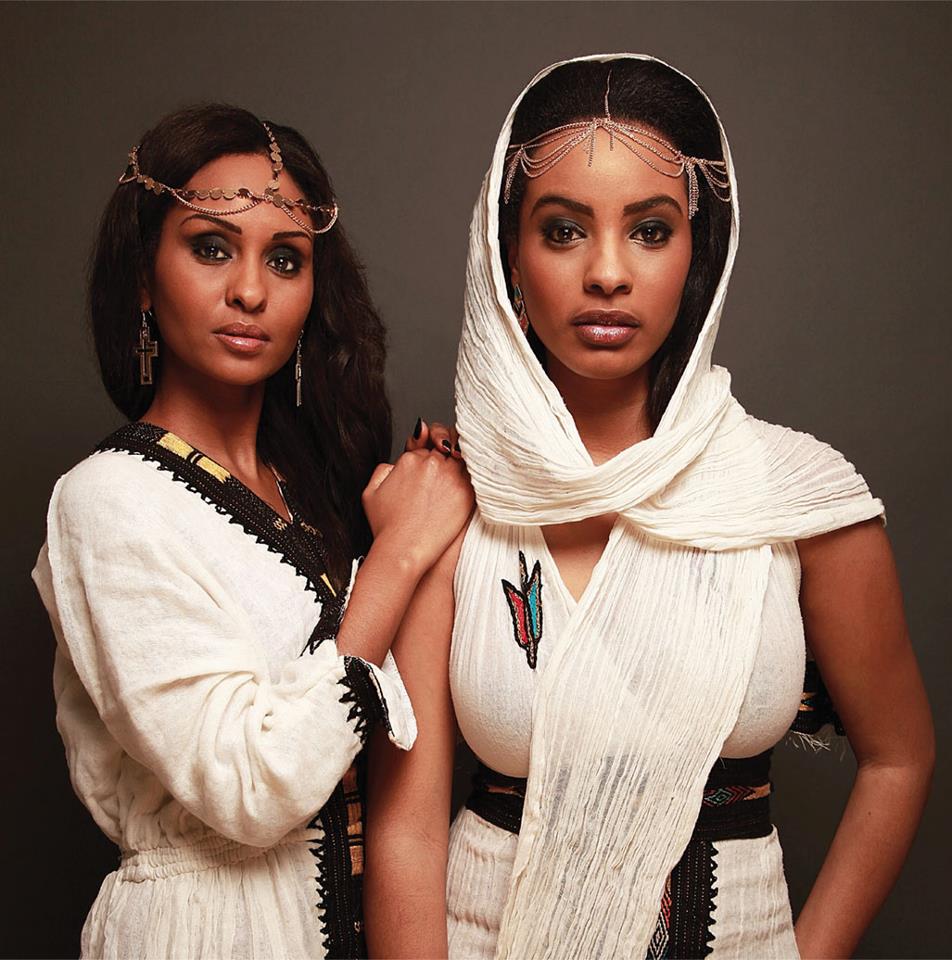
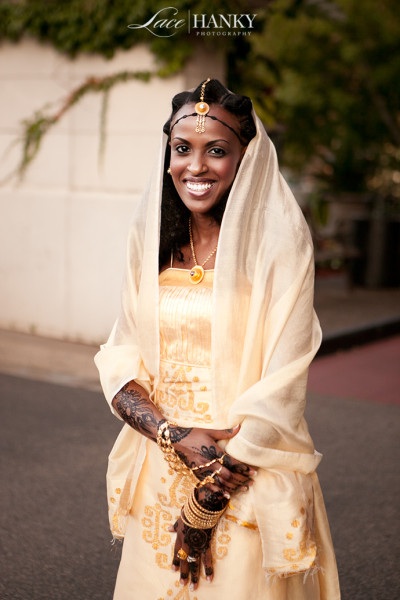


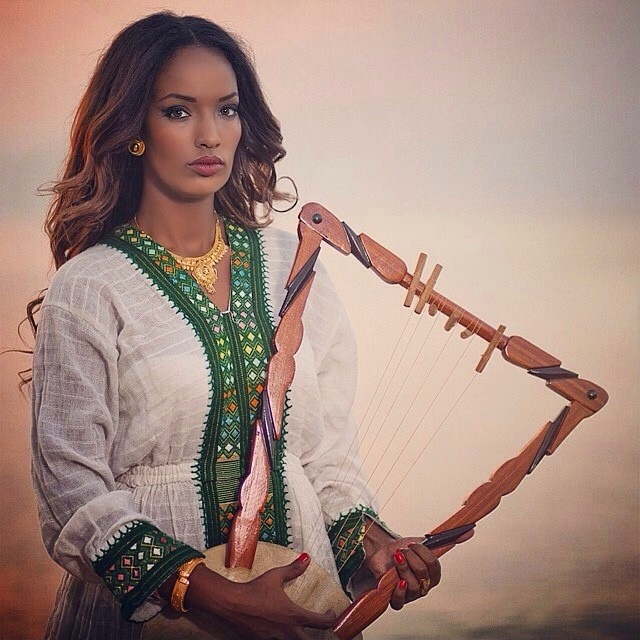

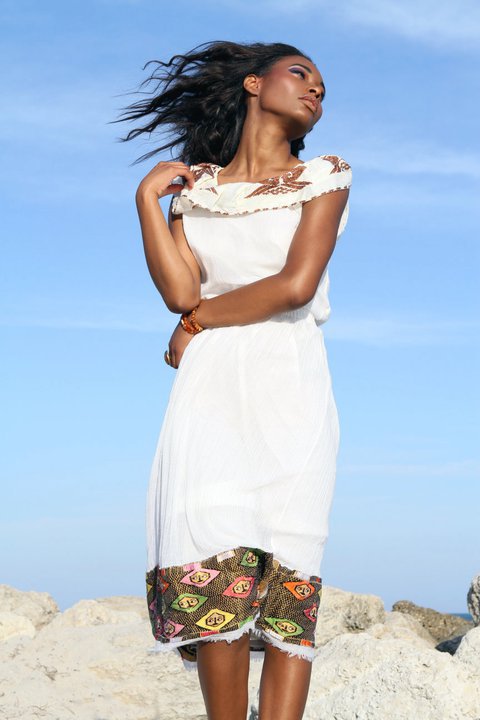
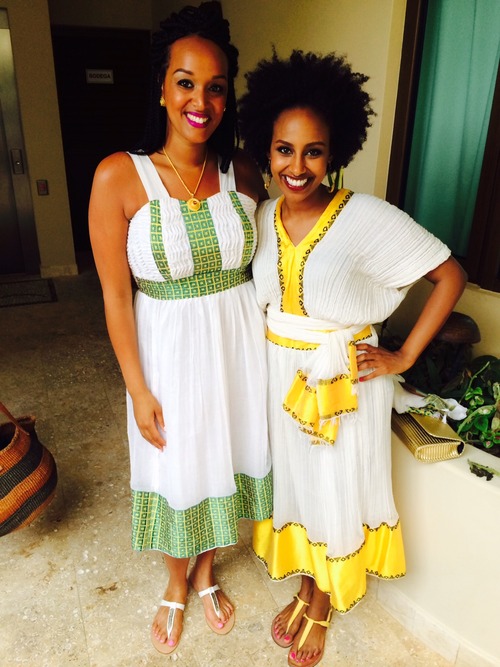 |
 |
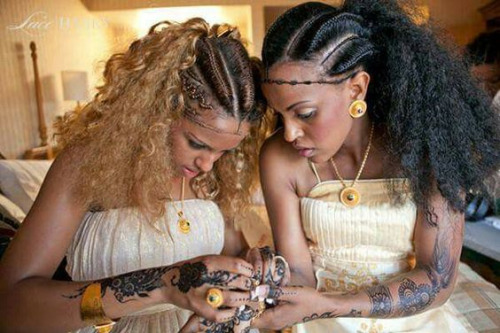
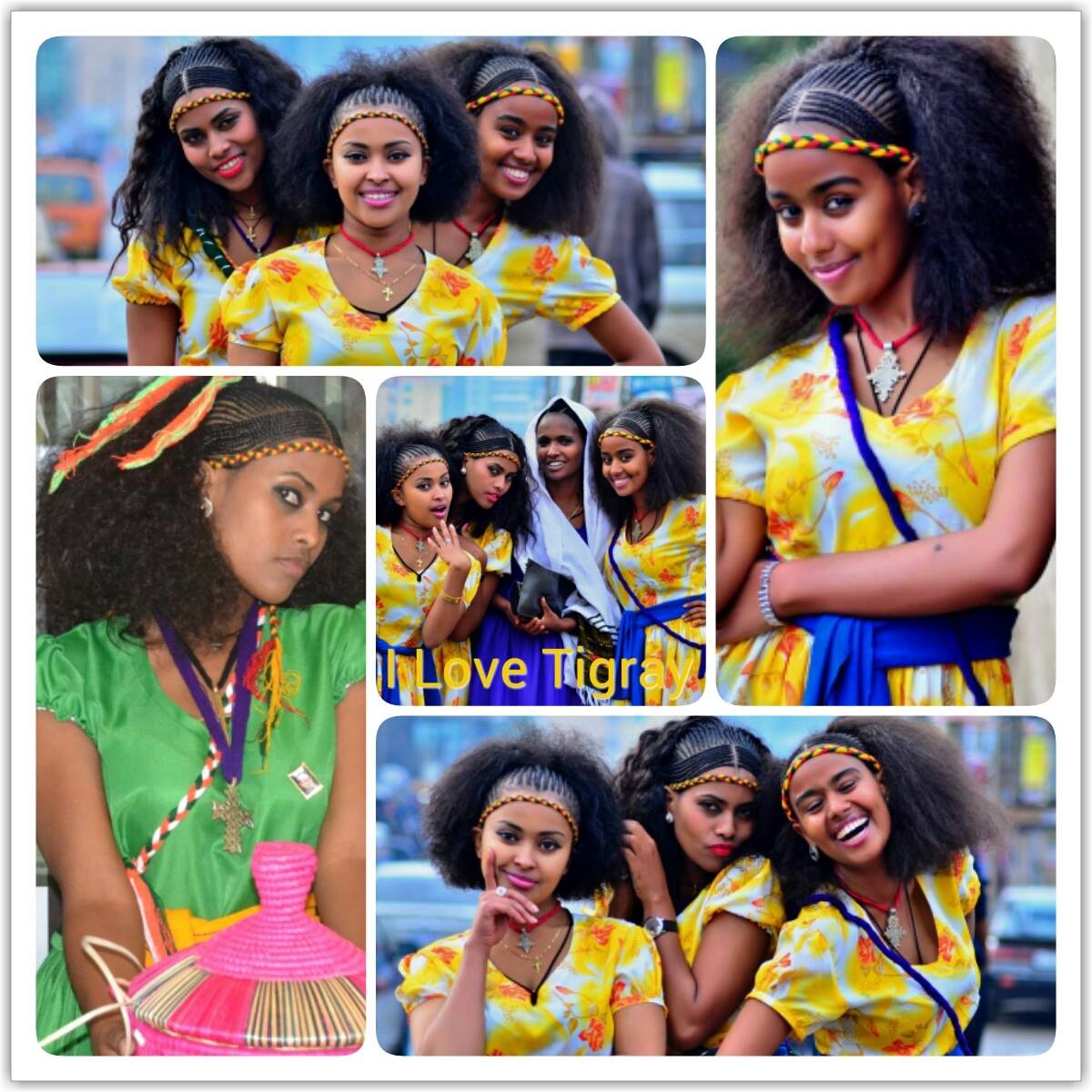
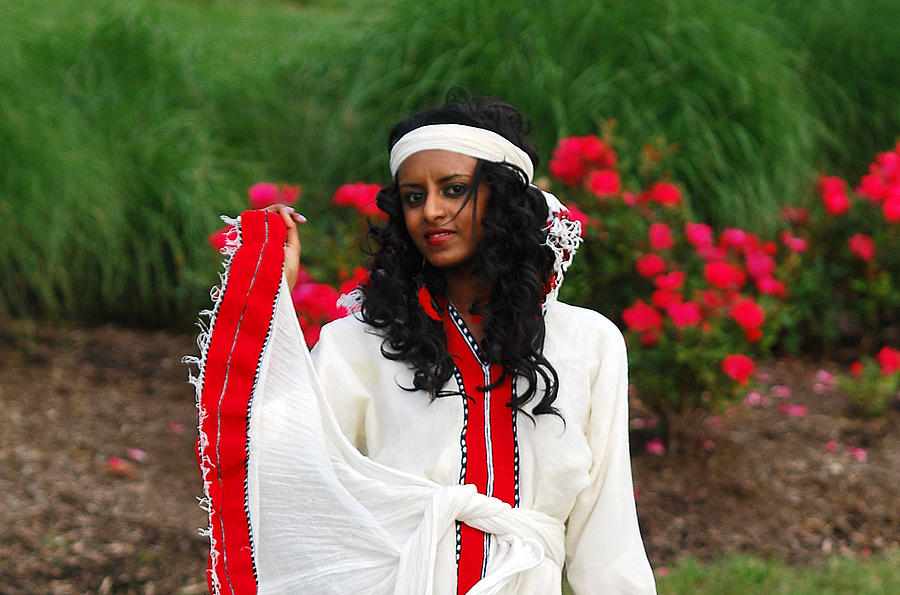
 |
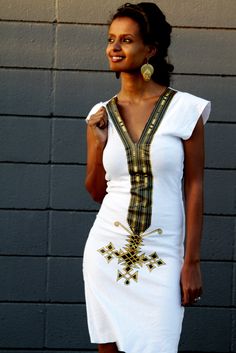 |
Do you like these dresses?
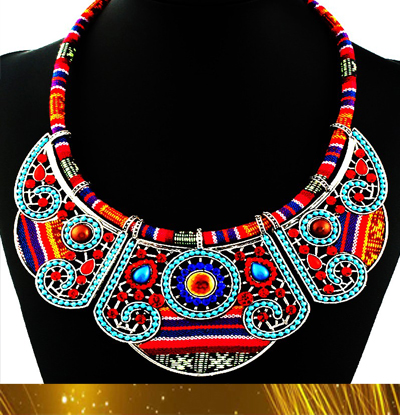
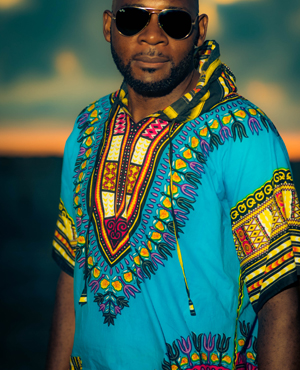
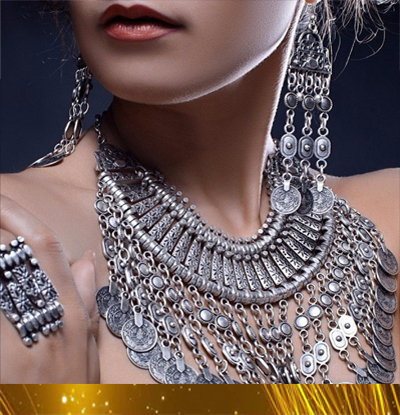
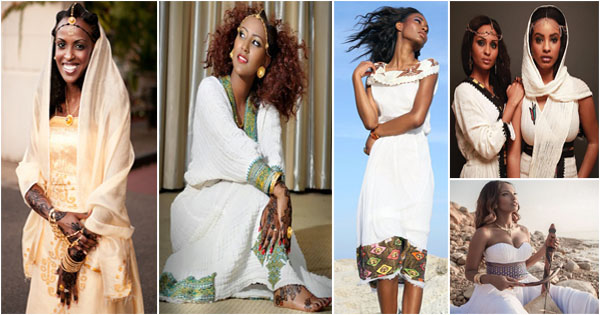



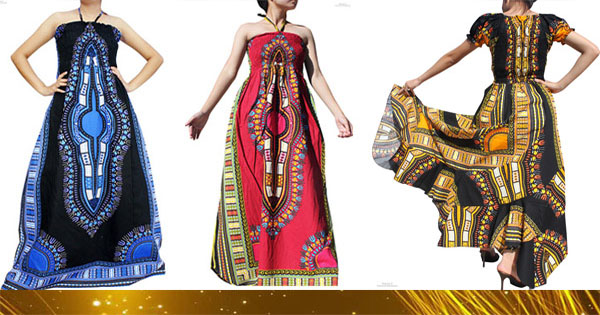
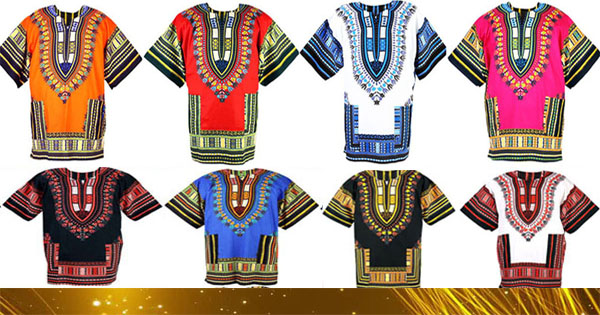




I truly wanted to construct a remark to express gratitude to you for these wonderful articles you are sharing at this site. my project coworker mentioned about your site and I have decided to take my time to read it. My prolonged internet look up has at the end been paid with good quality information to talk about with my coworkers and friends. I ‘d assert that many of us visitors are undoubtedly fortunate to be in a notable site with very many wonderful people with useful info. I feel very privileged to have seen your entire web page and look forward to so many more exciting moments reading here, it for sure helps us for our start off infrastructure project We have started off to benefit the minority ethnic groups in Ethiopia’s southern highlands part of it based on Ethiopian Traditional clothes. Thanks once again for everything. Good article.